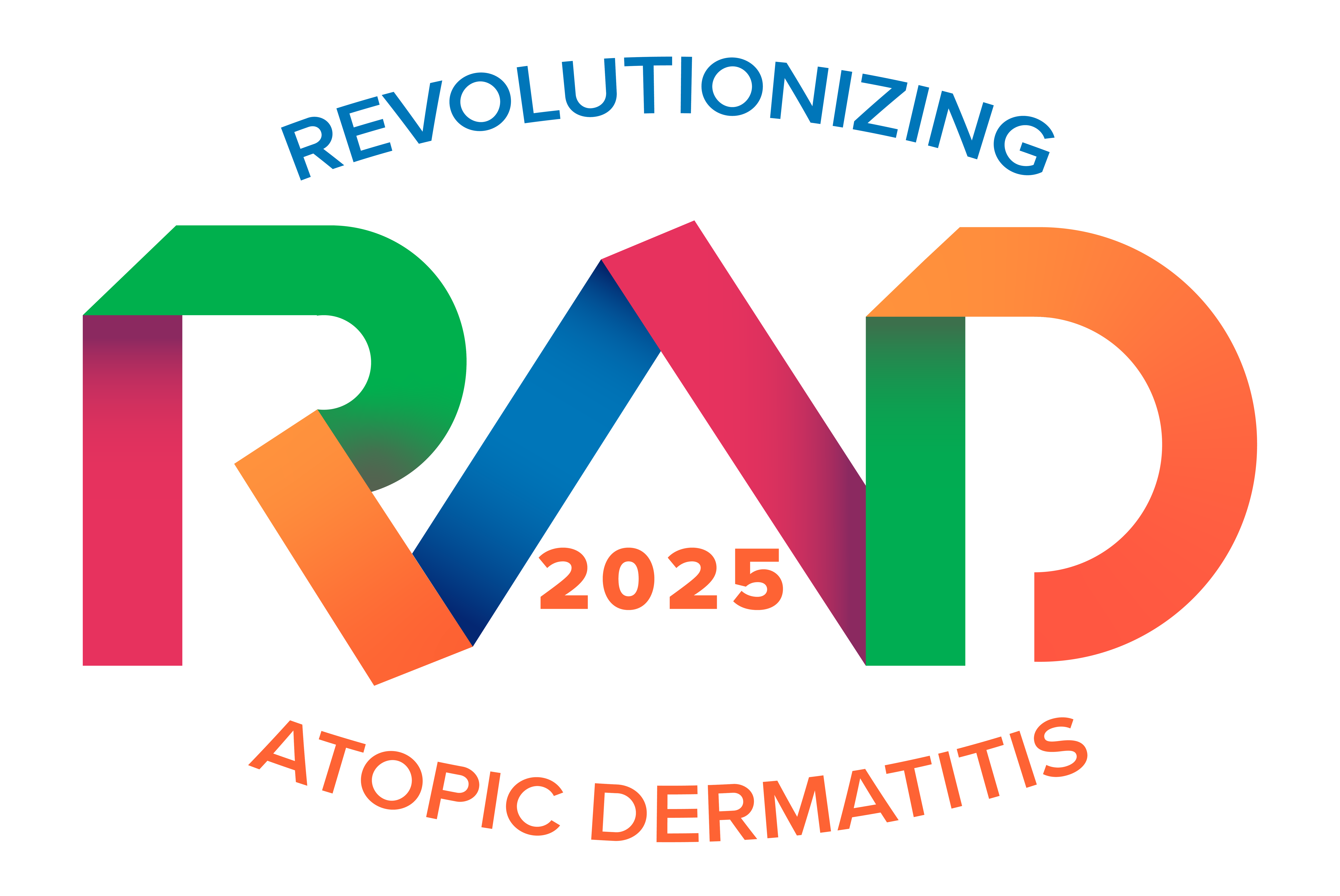
Raj Chovatiya, MD, PhD: Advancements in Topical Therapies for Atopic Dermatitis

At the 2023 RAD Virtual Conference, Chovatiya presented a session titled, "Living the Cream."
In a recent lecture presented at the
The Role of Topical Therapies
While systemic therapies have garnered attention in recent years for moderate to severe AD, Chovatiya emphasized the pivotal role of topical therapies.
Acting as the backbone of therapeutic approaches, topicals offer practicality, feasibility, and direct targeting of barrier disruption and immune dysregulation, aligning with the immunology of the disease, he said.
The Innovation Landscape
Despite the array of topical steroids available, Chovatiya underscored the need for innovation, given the limitations of traditional therapies. Issues such as coaching, reminders, and adverse events associated with corticosteroids and calcineurin inhibitors necessitate innovation, he said. The aim is to address the drawbacks of broad-acting corticosteroids and the limitations of potency and adverse events with calcineurin inhibitors.
Revolutionizing Treatment with New Topicals:
The lecture delved into the discussion of 3 groundbreaking topical therapies: PD-4 inhibition, JAK 1/2 selective inhibition, and aryl hydrocarbon receptor modulation.
- PD-4 Inhibition with Roflumilast: Exploring the mechanism of action, Chovatiya described roflumilast as a potent PD-4 inhibitor with potential beyond AD. The drug's efficacy, demonstrated in clinical trials, shows promise for a targeted non-steroidal treatment approach. Data from long-term studies and an innovative proactive treatment strategy reveal encouraging results, suggesting durability and improved patient outcomes.
- JAK 1/2 selective inhibition with tofacitinib: Focused on JAK 1/2 selective inhibition, tofacitinib recently emerged as a game-changer for AD, Chovatiya said. He presented data showcasing the drug's efficacy in achieving clearance and maintaining long-term responses in patients. Safety profiles, including the incidence of adverse events, were also discussed, highlighting the drug's potential for expanding treatment options, especially for younger patients.
- Aryl hydrocarbon receptor modulation with tapinarof: Introducing tapinarof, a novel aryl hydrocarbon receptor modulator, Chovatiya emphasized its unique mechanism in targeting barrier surfaces. Clinical trial results demonstrate consistent efficacy in a moderate to severe population, with minimal adverse events. The drug's anticipated approval for AD, particularly in younger age groups, signifies a significant step forward.
Putting It All Together
As these innovative topical therapies inch closer to approval, dermatologists face the challenge of selecting the most suitable treatment for their patients. Chovatiya also highlighted key considerations, including disease severity, treatment depth, long-term efficacy, adverse event profiles, patient preferences, and access.
Reference
Chovatiya R. Living the Cream. Session presented at the 2023 Revolutionizing Atopic Dermatitis (RAD) Virtual Conference on December 10, 2023.
Newsletter
Like what you’re reading? Subscribe to Dermatology Times for weekly updates on therapies, innovations, and real-world practice tips.

















